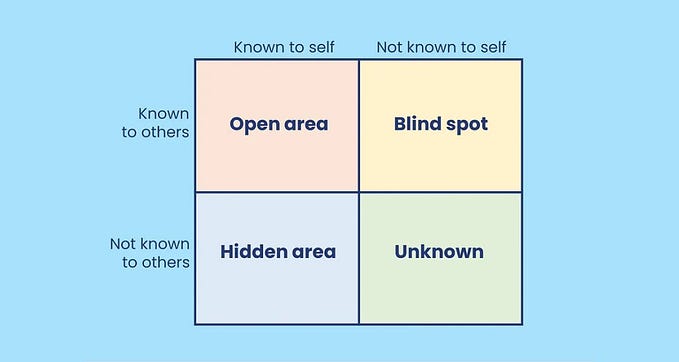Research your competitors, but stop copying them — and more UX links this week
A weekly selection of UX links, brought to you by your friends at the UX Collective.
If you like the links, don’t forget to 👏👏👏👏👏👏👏👏👏👏👏👏👏👏

Competitive analysis is a method, not a solution ›
You and your team hit a dead-end while discussing certain design problem. Suddenly, someone brings up one of these magic questions:
How does Facebook do it?
Did you check Airbnb?
Material design has a guideline for that.
I really like how MailChimp does it.
If Twitter does that, there might be a good reason!
While looking at what big tech companies are doing can be a great source of inspiration, that doesn’t mean you should copy their design solutions to answer your design problem. As soon as design decisions are based on “that’s how company X does”, we are ignoring the fundamental role of design in the first place: to improve the product with your user in the center.
Level up for UX: design lessons from video games ›
Taking clues from popular video games to create engaging user experiences for web and mobile.
The shortcomings of making tactical decisions (and how to fix it) ›
Business owners are more conscious as buyers than ever before; all in the name of lowering risk and overheads. By Matthew Morek.
Beyond frustration: three levels of happy design ›
It’s not enough to just be usable — products actually have to make people happy. By Dana Chisnell.
UX as tech’s tranquilizer ›
How a smooth user experience can calm computer rage and prevent our digital frustration. By Roxanne Abercrombie.
From the community
Stories by Pablo Stanley, Miriam Donath, Phil Delalande, Theo Strauss, Rachel McConnell, Hattie Aspinall, Angie Ng.
- Designing for accessibility is not that hard
- Database & stakeholder display of design research results
- The ten commandments of UX
- Young people can’t use Facebook, old people can’t use Snapchat — why?
- Content designers: you’ll wonder how you coped without them
- Re-imagining the online experience for IKEA Australia
- Recruiting user research participants in a scalable way
News & ideas
- Adobe announces a new Behance, Dribbble introduces Dribbble Hiring
- The current state of webdesign is pretty depressing, if you think
- Google Maps redesigns its Explore section to prioritize restaurants
- Facebook’s Keyword Snooze will help you avoid spoilers in your food
- Venmo is officially launching its physical debit card
- Want to be a successful startup founder? Wait until you’re 40
- Sorry to break the news: the US startup is disappearing
Tools & resources
- Make Medium Readable Again: a chrome extension
- Brush Ninja: an animated gif creator
- Maily: dead-simple, people-centric mail app
- Generative App: turn your images into unique illustrations
- User Research: Service manual by gov.uk
- Interneting is Hard: web development tutorials for complete beginners
- Shotsnapp: create mockup presentations for your app and site design
A year ago…
Atomic design: how to design systems of components ›
Nowadays, digital products must be able to exist across any and all devices, screen sizes, and mediums at the same time; so why the hell are we still designing our products by “page” or by screen?! By Audrey Hacq.








